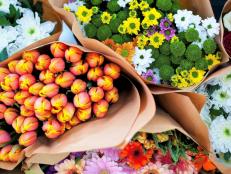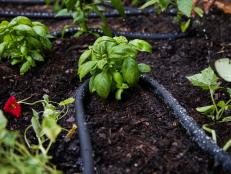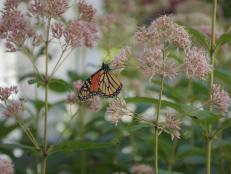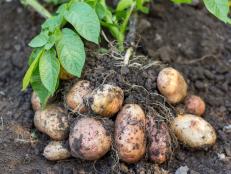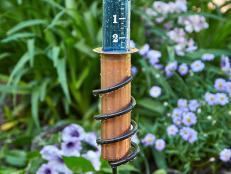Weight Control Secret: A Cactus

The Bushmen of the Kalahari say "Before men were men, we were."
For 2,000 years they have been pressed westward by migrating Bantus. Today the San tribe of nomadic hunter-gatherers struggle in poverty, considered pariahs in game parks and agricultural lands. Yet these may be the world's greatest botanists with nearly a million years of accumulated knowledge about rare plants in this spare, hostile climate.

To hunt in Africa's Kalahari is rigorous. It requires many days of foot travel to find sparse game. The animal must be patiently stalked for the Bushman to get close enough to let fly his tiny poison-tipped arrow. Then he tracks the game for hours and hours, and even days sometimes, as it slowly dies. Fresh meat then must be carried quickly back to camp to dry before it spoils in the heat. To stave off hunger and thirst over the days and weeks when food is scarce, these hunters turn to an ally. It is a succulent plant they consume to naturally suppress the desire for food.
The modern world has just discovered the Bushman's ancient secret to weight control. This Hoodia gordonii grows nowhere else on earth, thriving in sand under scant rainfall. Parts of the Kalahari receive no rain at all, with the few endemic plants deriving scant moisture from Atlantic fogs that travel far inland into this super hot, oppressive desert.

Science has found the cucumber-shaped stems contain a previously unknown molecule that works on the hypothalamus nerve cells that sense glucose sugar. This Hoodia molecule is about 10,000 times as active as glucose and gives the brain a sensation of fullness. Rats tested with the molecule stopped eating completely. Human case studies are promising. Major drug companies are poised to manufacture the Bushman's secret.
Hoodia isn't new among horticultural succulent authorities. It is a relatively well-known species of the Aesclepiad family, falling among a group known as carrion flowers. The majority of them hail from Southern Africa and Madagascar. Carrion flowers evolved in a climate rich in flies, which are its main pollinator. The flowers of many genera resemble body parts in color and texture, sometimes even mimicking puss and maggots to entice the insects. But it is the sometimes offensive odor of carrion emitted by these flowers that is the true pollinator lure.
The Hoodia flower itself is incredibly beautiful. Three inches in diameter, the flesh-colored succulent disc is held perpendicular to the upright cucumber stems. They bloom over many weeks in spring and are followed by pencil thin, five-inch-long seedpods. When mature, the pods explode into a pile of fluff, which, like cattail down, allows the seeds to travel on the wind.
Hoodia is devilishly difficult to cultivate because it prefers very high temperatures, sandy soil and almost no water. This makes it rare even among succulent plant aficionados. Now that the word is out about its value as a diet aid, the prices for seedlings is skyrocketing. This has given growers powerful incentive, stepping up propagation to meet demand.
The main source of material for the Hoodia molecule, however, will have to come from the Kalahari. This is good news to the impoverished Bushmen who are so marginalized that their curious clicking language is nearly extinct.
But redemption may be at hand. It can be hoped that Hoodia will do for the Bushmen what gaming has done for struggling Native Americans. Last year South African lawyer Roger Chennells won a victory for the Bushmen, who can now receive their due royalties for licensing Hoodia to biotech pharmaceutical companies. According to a San spokesperson, "We need jobs first; second, education in our language." To learn more about the San bushmen, log on to the San website, www.san.org.za.
(Maureen Gilmer is a horticulturist and host of Weekend Gardening on DIY-Do It Yourself Network. E-mail her at mo@moplants.com. For more information, visit : www.moplants.com or www.DIYNetwork.com. Distributed by Scripps Howard News Service.)







